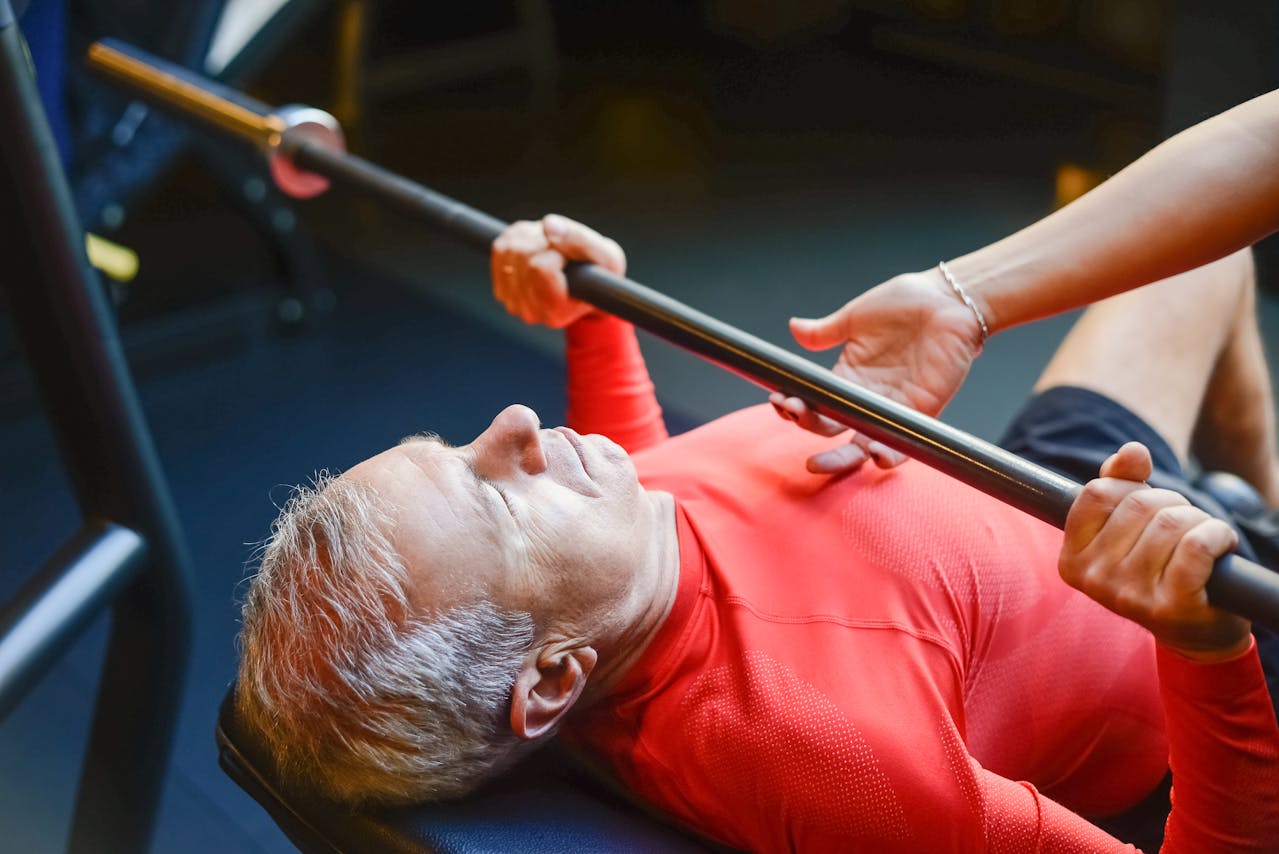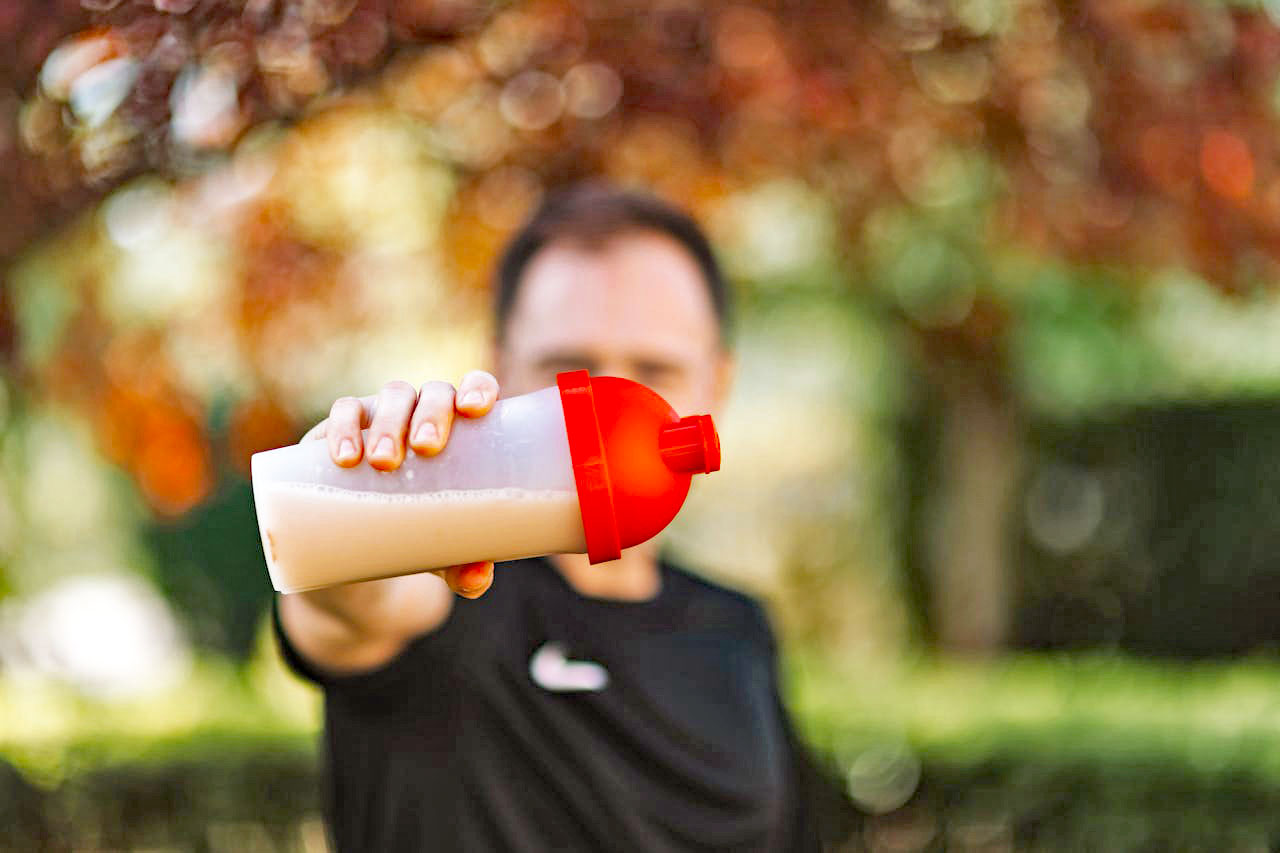Fitness benches are an essential piece of equipment for any home gym, offering versatility and functionality while maintaining a compact footprint. Whether you’re performing strength-building exercises or working on conditioning, fitness benches provide a stable and supportive platform. When paired with complementary equipment such as dumbbells, barbells, kettlebells, or medicine balls, a fitness bench press can elevate your workout routine and help you achieve your fitness goals.
Understanding Different Types of Fitness Benches
There are several types of fitness benches available on the market, each catering to specific exercise needs and preferences. Let’s take a closer look at the most popular types:
The Incline Bench
The incline bench features an adjustable backrest that moves from a flat position to an upright angle. This bench is ideal for exercises targeting the upper chest and shoulders. The incline allows for a range of exercises, such as the incline dumbbell bench press and the dumbbell shoulder press, with added back support. Adjustable height settings make it a versatile choice for focusing on different muscle groups.
The Decline Bench
The decline bench adjusts downward from a flat position, offering one or two levels of decline. This design is perfect for exercises like the decline dumbbell bench press, which targets the lower chest. The decline bench also allows for abdominal exercises such as decline sit-ups, making it a great tool for core strength development.
The Flat Bench
The flat bench is the most basic and commonly used type of fitness bench. It provides a stable, non-adjustable surface for various exercises, including the flat dumbbell press and pectoral fly. While versatile, it lacks the adaptability of incline and decline benches, limiting its range of exercises.
The Flat-Incline-Decline (FID) Bench
The FID bench combines the features of the flat, incline, and decline benches into one versatile machine. It allows users to perform the entire range of bench exercises, making it a favorite for those seeking an all-in-one solution. However, with its versatility comes added complexity, which can increase the risk of mechanical issues. Investing in a high-quality FID bench is crucial to ensure durability and safety.
Key Factors to Consider When Buying a Fitness Bench
Build Quality
Durability and stability are paramount when selecting a fitness bench. Look for sturdy frames, quality materials, and reliable construction. Cheaper models may be tempting, but they often compromise on stability and longevity.
Adjustability
If versatility is important, opt for a bench with adjustable settings. The ability to switch between flat, incline, and decline positions provides more exercise options and targets different muscle groups effectively.
Weight Capacity
Check the weight capacity of the bench to ensure it can handle your body weight plus the weights you plan to lift. A higher weight capacity often indicates a sturdier and safer bench.
Supplementary Equipment
Fitness benches typically require additional equipment such as dumbbells, barbells, or resistance bands to maximize their functionality. Factor in the cost and space requirements of these supplementary items when making your purchase decision.
Comfort and Design
Look for a bench with adequate padding and ergonomic design. Comfort is essential for maintaining proper form during exercises and preventing strain or injury.
Balancing Cost and Quality
While fitness benches range in price, mid-range models often provide the best balance of cost and quality. Avoid overly cheap options, as they may lack durability and stability. Investing in a well-built bench will save you money in the long run by reducing the need for repairs or replacements.
Benefits of Incorporating a Fitness Bench into Your Routine
A fitness bench is more than just a platform for lifting weights—it’s a versatile tool that enhances strength, endurance, and overall fitness. Incorporating bench exercises into your routine helps build muscle, improve posture, and increase stability. Additionally, the compact size of most fitness benches makes them an excellent choice for home gyms with limited space.
Every fitness journey is unique, and the right fitness bench can be a valuable companion in achieving your goals. By understanding the different types of benches, evaluating key features, and considering your personal needs, you can make an informed purchase that supports your workout regimen for years to come. Invest in quality, stay consistent, and enjoy the benefits of a stronger, healthier you.













